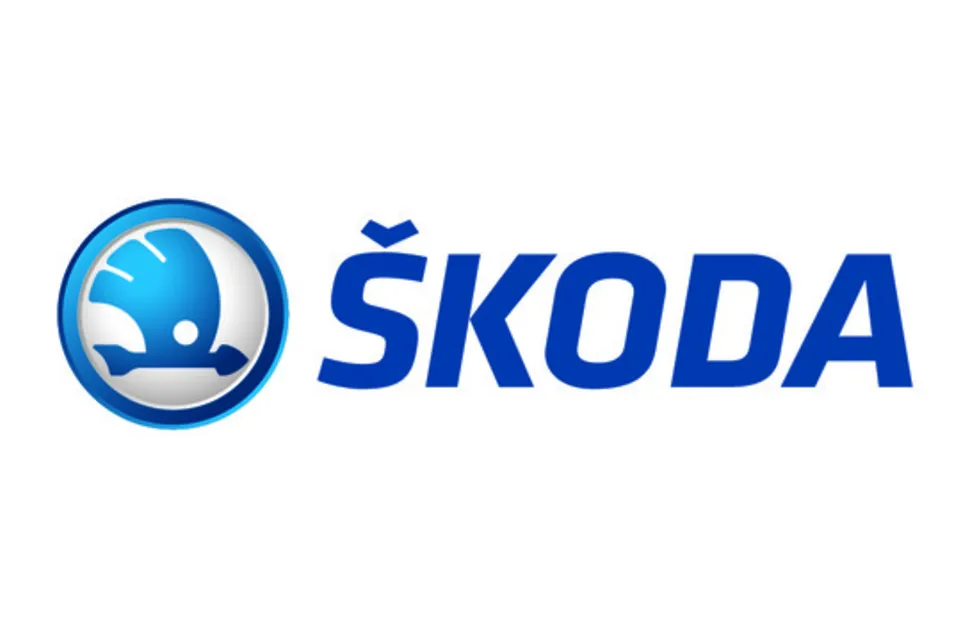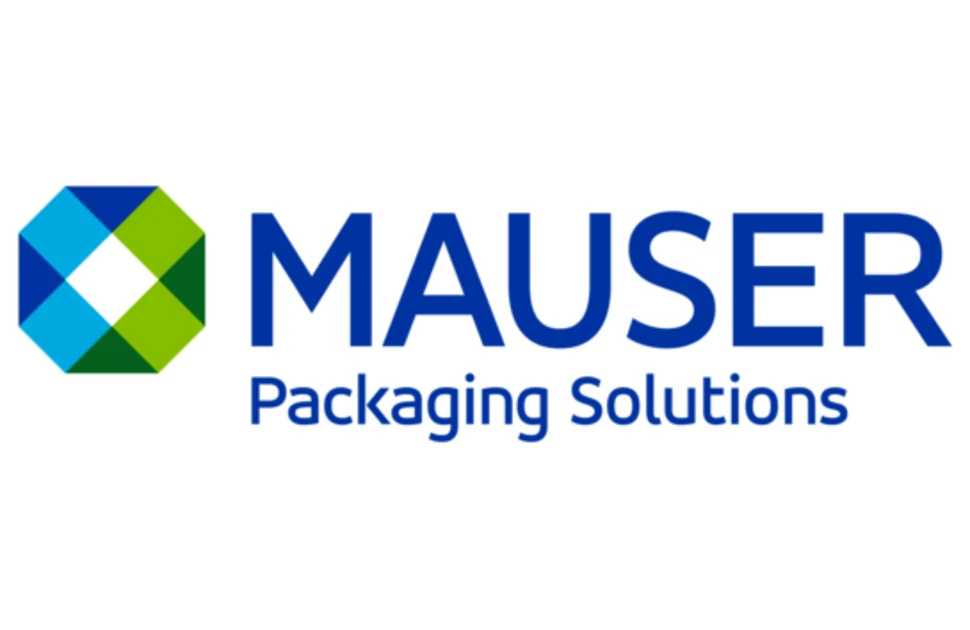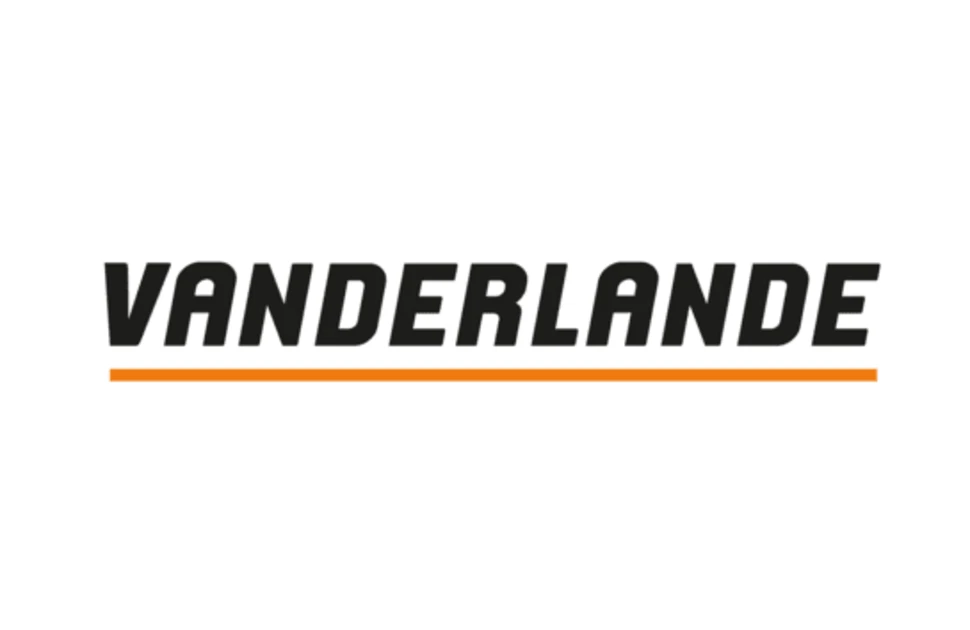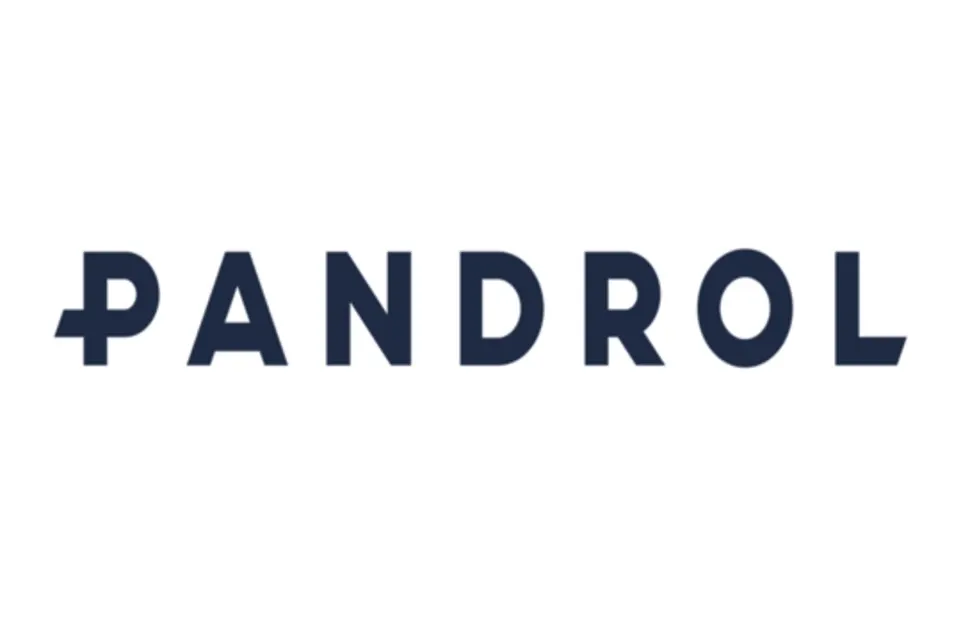Global conflicts and US tariffs risk API steel demand
MEPS respondents remain cautiously optimistic about the medium-term outlook for API line pipe demand, despite mounting global uncertainties arising from the introduction of a 50% tariff on US steel imports and heightened tensions in the Middle East.
On June 19, Brent crude oil prices jumped to a six-month high of USD77.08 a barrel as geopolitical tensions in the Middle East intensified. A ceasefire agreement between Iran and Israel, announced by the United States on June 23, reversed most of those gains. However, a breakdown in the ceasefire agreement or any disruptions to container traffic through the Strait of Hormuz remain a risk to oil price stability.
Investments in oil and gas are at a good level, driven by increasing energy demand, particularly for projects requiring API line pipe in the United States, Latin America, Africa and the Middle East. While the global transition towards greener energy continues, several market participants reported a slowdown in carbon capture and storage projects, due to high financing costs and the broader economic and geopolitical uncertainties.
Project activity in the US remains robust. However, the doubling of Section 232 import tariffs to 50% is causing concern among supply chain participants. Most domestic pipemakers have full order books, forcing some US buyers to continue sourcing line pipe from overseas to meet project deadlines, especially for the more technically stringent grades of pipe.
Tariffs cause orders to be renegotiated or cancelled
US buyers, who had shipments of either API grade pipes, coils or plates en route at the time of the rise in Section 232 tariffs, were forced to renegotiate prices. Some overseas suppliers reported that orders had been postponed or cancelled. Many hope that July 9 – the deadline for negotiations over the country-specific “reciprocal” import tariffs – will bring more clarity on future import costs. Rising domestic prices and long delivery lead times for API line pipe are expected to sustain some level of import activity, even with tariffs of up to 50%.
Global demand for API coils and plates has been lower than anticipated. European plate mills, in particular, still face lower bookings due to project delays. Consequently, many still have available production capacity for the second half of this year. European X60/X65 selling values were little changed quarter-on-quarter. While a weakening US dollar has made Asian-origin imports more appealing, subdued demand and ongoing geopolitical uncertainty are encouraging European buyers to source material locally.
In Asia, the prices for API X60/X65 hot rolled coil and plate were unchanged from the previous quarter. Regional plate producers still have production capacity available for the second half of 2025, and several are still offering shipments for September-October.
Demand for API coils and plates is forecast to improve in 2026. Prices are likely to remain stable in the near term. However, rising global conflicts, weak economic conditions and US trade policy will remain the downside risks to project timescales and investor sentiment in the second half of the year.
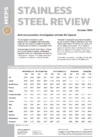
Source:
Stainless Steel Review
The MEPS Stainless Steel Review is an invaluable monthly guide to international stainless steel prices and includes the latest global stainless steel industry analysis.
Go to productRequest a free publication
